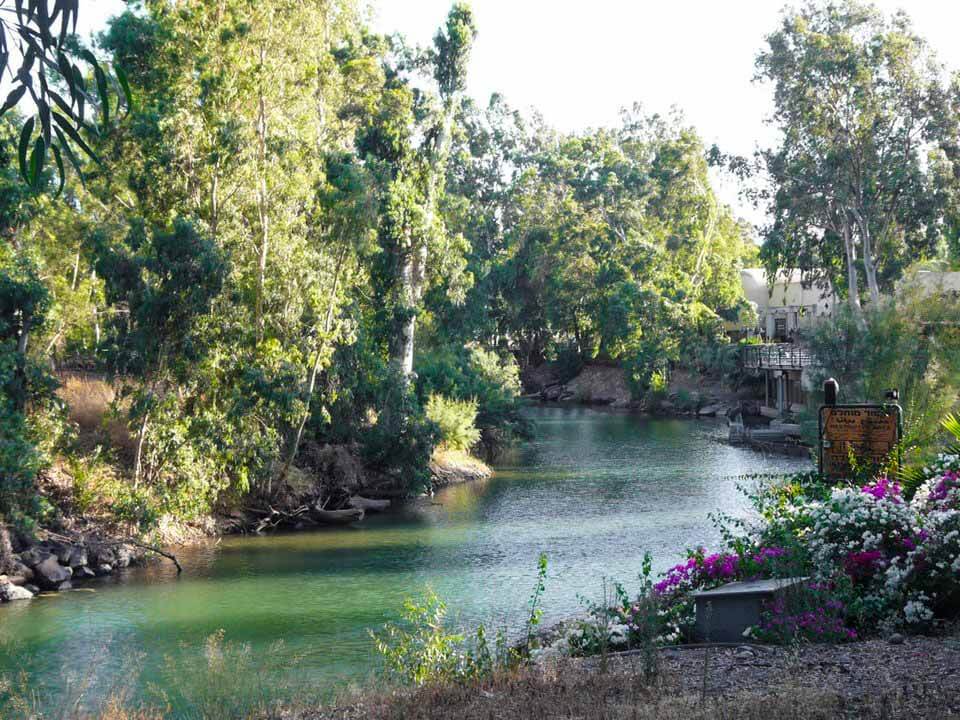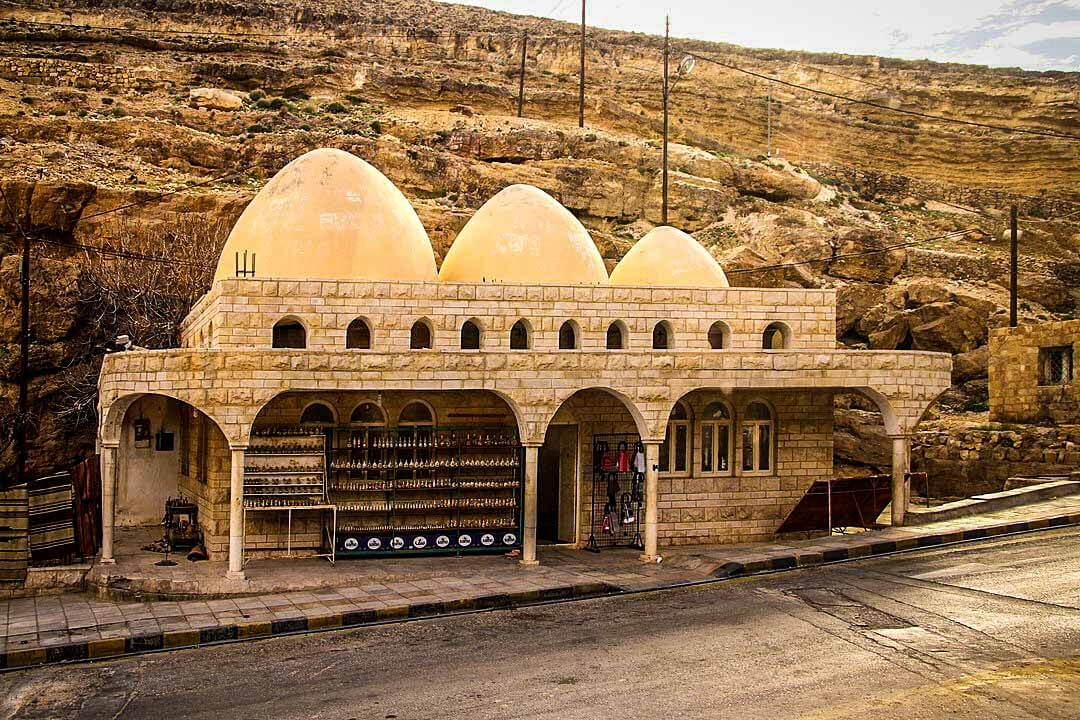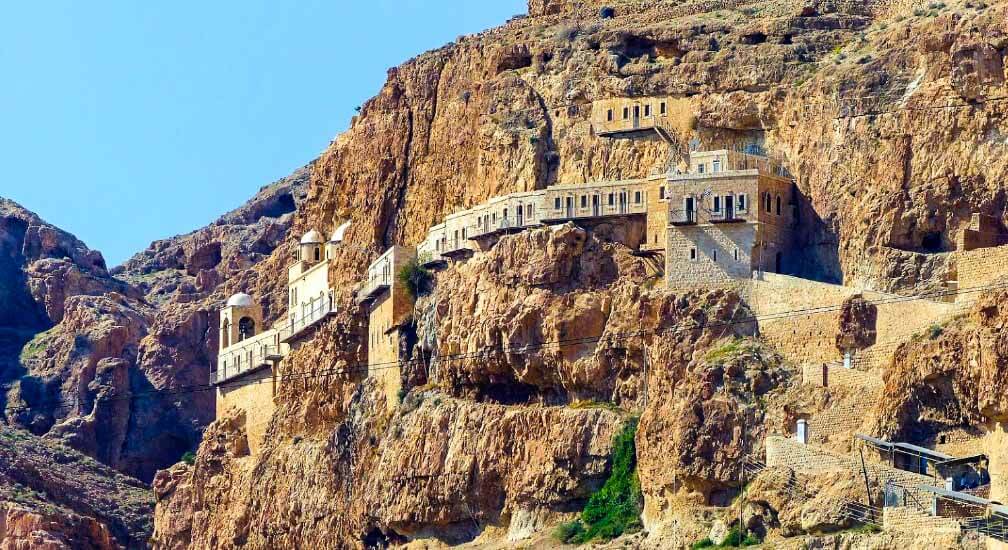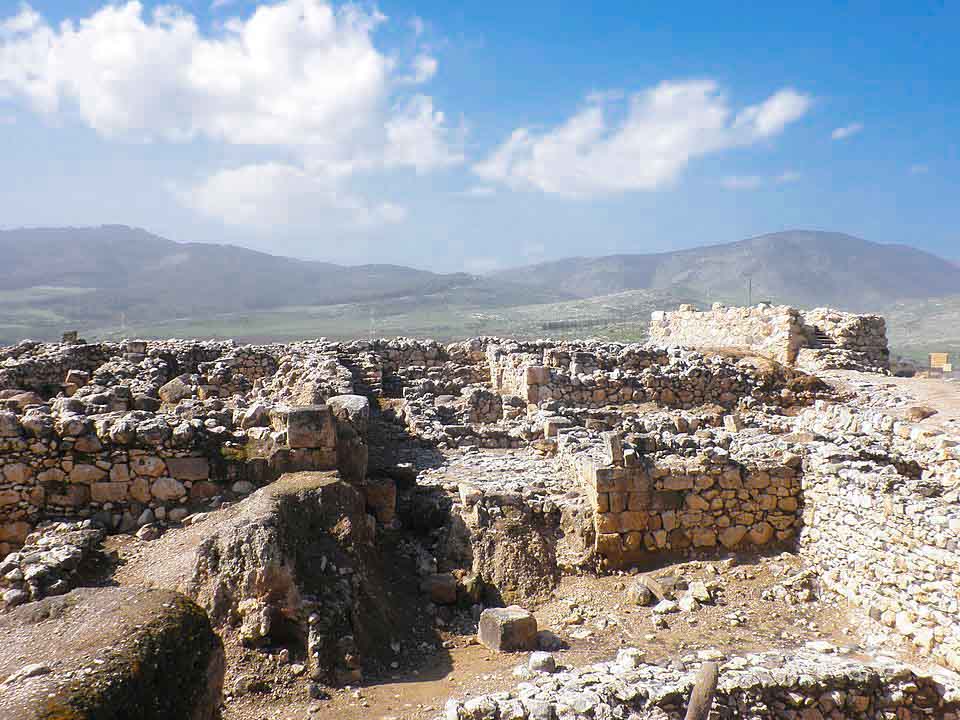Near Tell Balata, West Bank – Palestine
Coordinates: 32.209595, 35.285280
Hz. Yaqub عليه اسلام’s Well (Bir Ya’qub) is a deep well constructed from rock that has been associated in religious tradition with Hz. Yaqub عليه اسلام and Hz. Isa عليه اسلام for roughly two millennia.
It is said that here Hz. Isa عليه اسلام asked a Samaritan woman for a drink and in return he offered her “living water”.
The well currently lies within the complex of an Eastern Orthodox monastery of the same name, in the city of Nablus in the West Bank.
Religious significance
Muslim,Samaritan, Christian, and Jewish traditions all associate the well with Hz. Yaqub عليه اسلام.
A great holy Christian chapel with nice local Muslims taking care of it.
Mentioned in New Testament
Hz. Yaqub عليه اسلام’s Well is mentioned by name once in the New Testament in a passage (John 4:5–6) which says that Hz. Isa عليه اسلام “came to a city of Samaria called Sychar, near the field which Hz. Yaqub عليه اسلام gave to his son Hz. Yusuf عليه اسلام. Hz. Yaqub عليه اسلام’s well was there.”
Gospel goes on to describe a conversation between Hz. Isa عليه اسلام and a Samaritan woman (called Photini in Orthodox tradition), which took place while Hz. Isa عليه اسلام was resting at the well after a tiring journey. (John 4:7–15) The site is counted as a Christian holy site as well.
Description of Well
Access to Hz. Yaqub عليه اسلام’s Well is by entering the Church of St Photina and descending stairs in front of the iconostasis to the crypt.
A depth of more than 40 metres recorded in 1935 had reduced to something over 20 metres by the 21st century. In ancient times the well was sunk much deeper, probably twice as far.
At times Hz. Yaqub عليه اسلام’s Well has been dry in summer.
The present church, completed in 2007, is modelled on a basilica from the Crusader era. In an attractive setting of trees and pot plants, it is well-lit, spacious and airy — a contrast to older Orthodox churches in the Holy Land.
It is still possible to drink from the well so don’t hesitate to take extra bottle and fill it up with fresh water.
Place of conflict and violence
Nablus was an arena of conflict between militant Palestinians and the Israel Defence Force during the Second Intifada, between 2000 and 2005, but has since rebuilt itself as an industrial and commercial centre.
Hz. Yaqub عليه اسلام’s Well has also been a site of contention and violence. In 1979 a Zionist group claimed it as a Jewish holy place and demanded that crosses and icons be removed. A week later the custodian, Archimandrite Philoumenos, was butchered to death in the crypt and the church was desecrated. No one was ever convicted of his murder.
Note: Some of the information in this article comes from Christians sources 




















